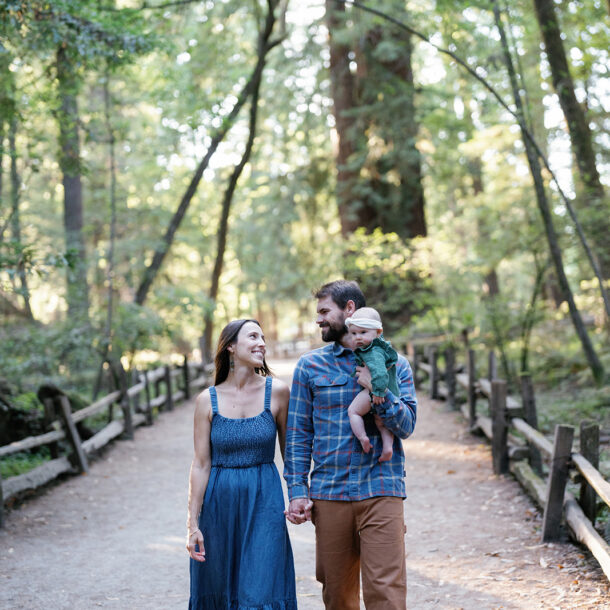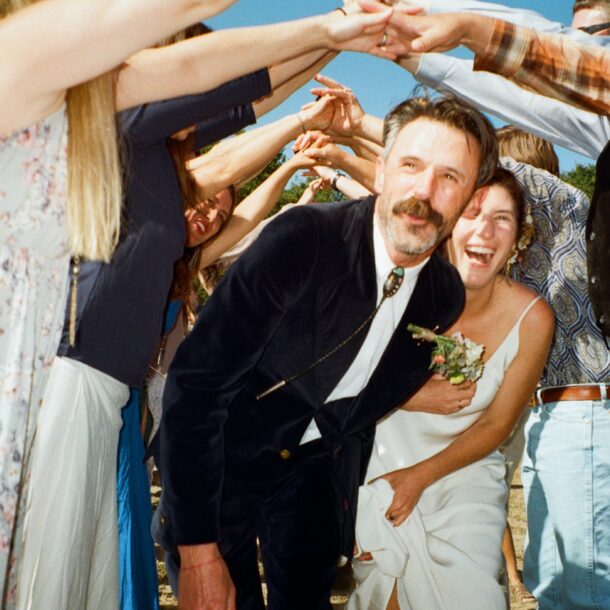Tintype Photography: The Retro Art Form You Didn’t Know You Needed
If you’re here, you’re probably at least a little curious about tintype photography. Maybe you’ve heard whispers about it being old-fashioned, or maybe someone told you it’s the “hipster cousin” of modern-day photography. Either way, I’m here to tell you that tintype photography is more than just a vintage aesthetic. It’s an art form, a slice of history, and a whole lot of fun.
If you’ve ever dreamed of stepping back into the 19th century, then tintype photography might just be the perfect experience for you. Equal parts art, science, and magic, this vintage photographic process creates stunning, one-of-a-kind images that feel like heirlooms the moment they come to life. Whether you’re looking to immortalize your wedding day with something truly unique, create a custom piece of art, or just have a blast with a retro-themed photoshoot, tintype photography offers an experience—and a result—like no other.
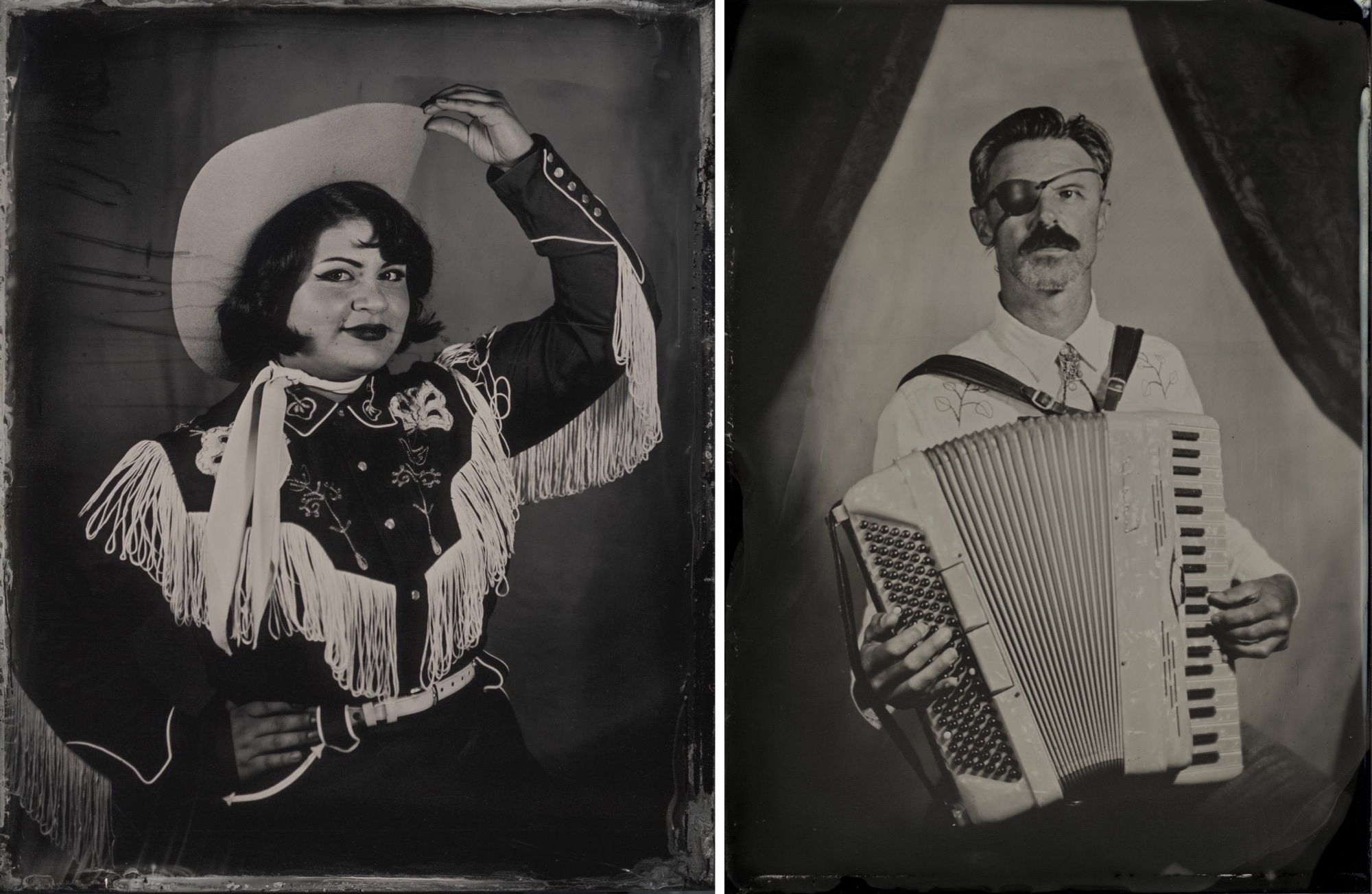
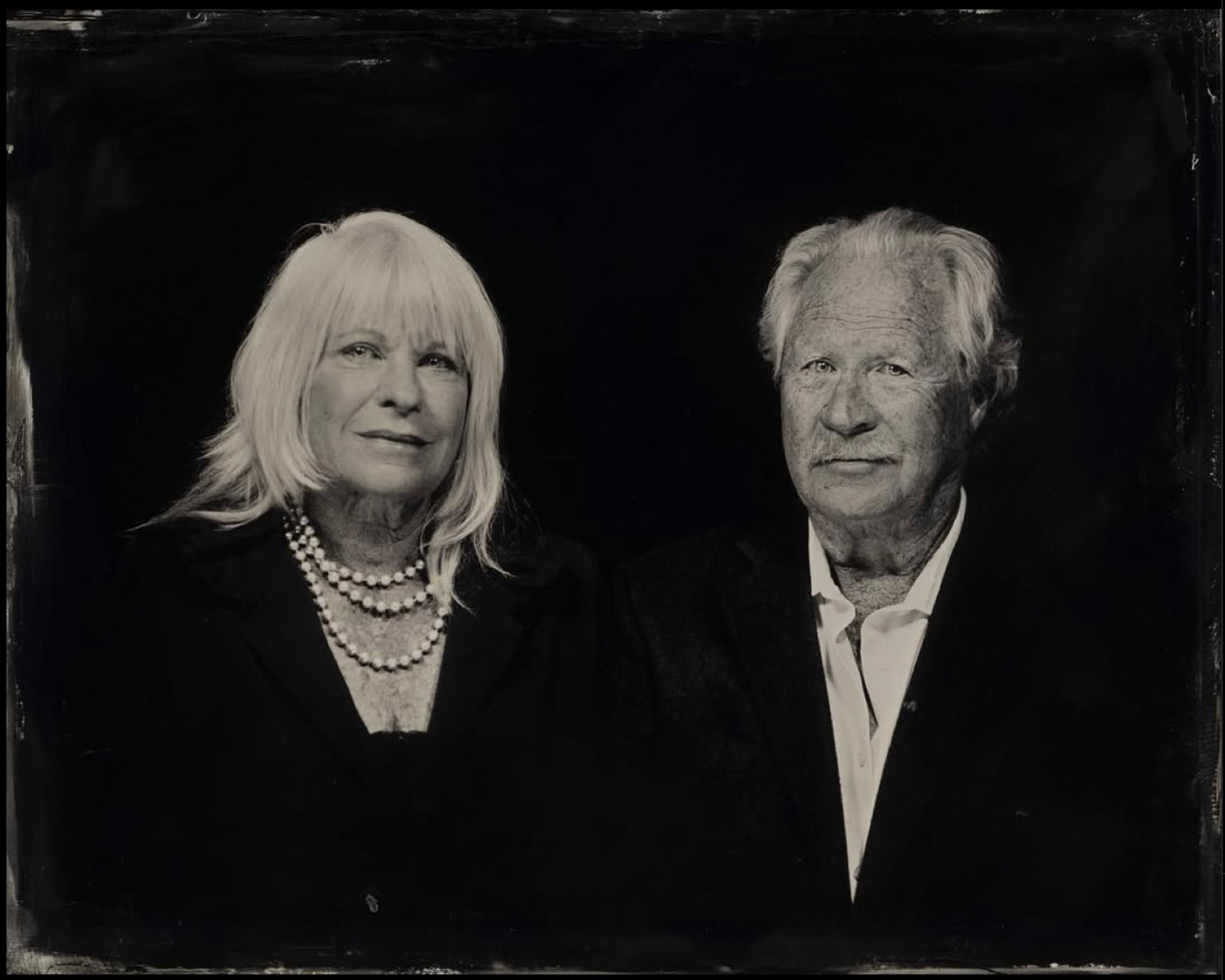
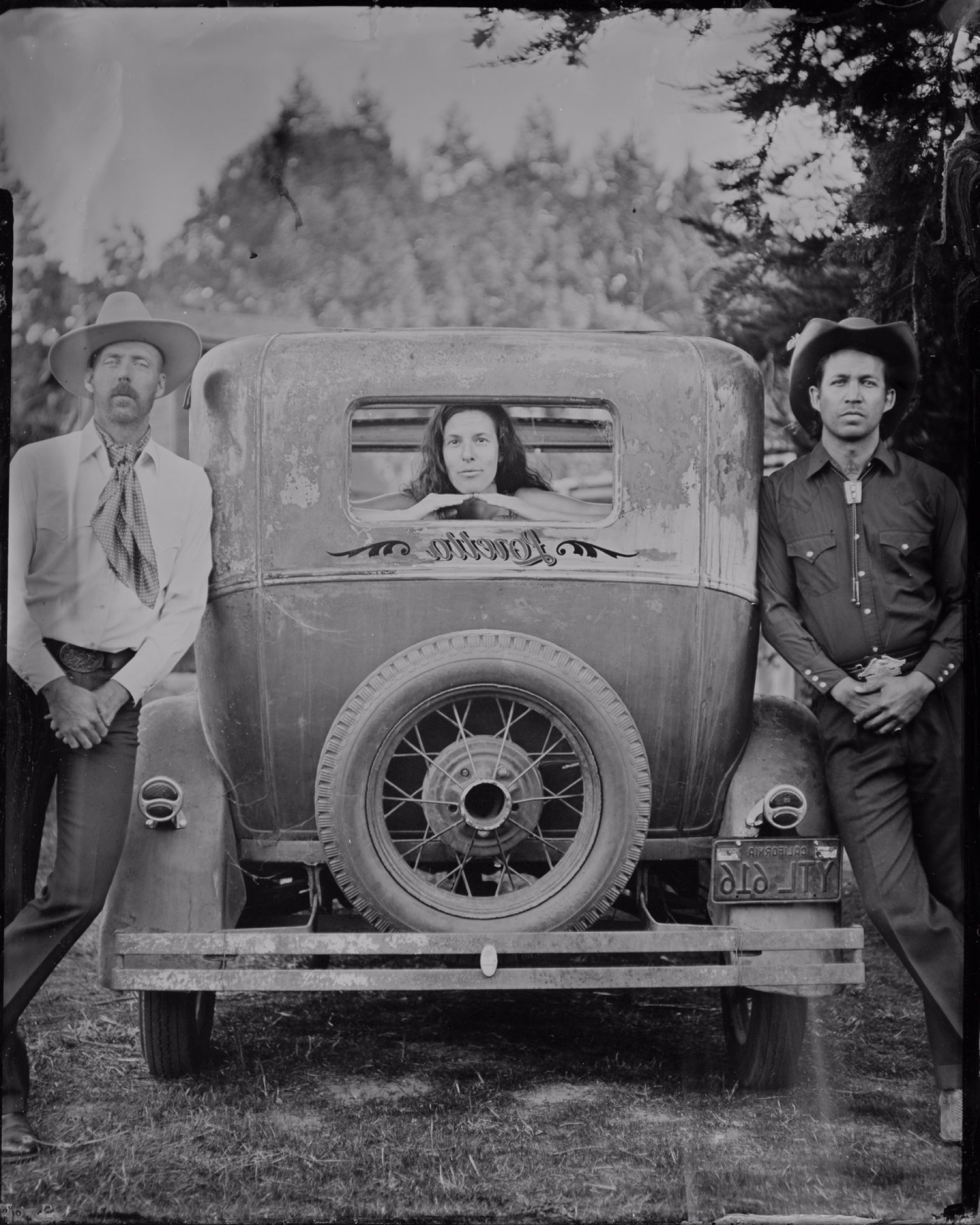
As a tintype portrait photographer, I get to spend my days collaborating with clients on these unforgettable art pieces. It’s a hands-on, creative process, and I love watching people light up as their image takes shape on a piece of metal. Let’s dive into what tintype photography is, how it works, and why it’s such a captivating way to capture memories.
So, let’s explore this unique art form! What exactly is tintype photography, why is it worth your time, and how can we make it work for you—whether it’s for your big day, a family photo, or just for fun?
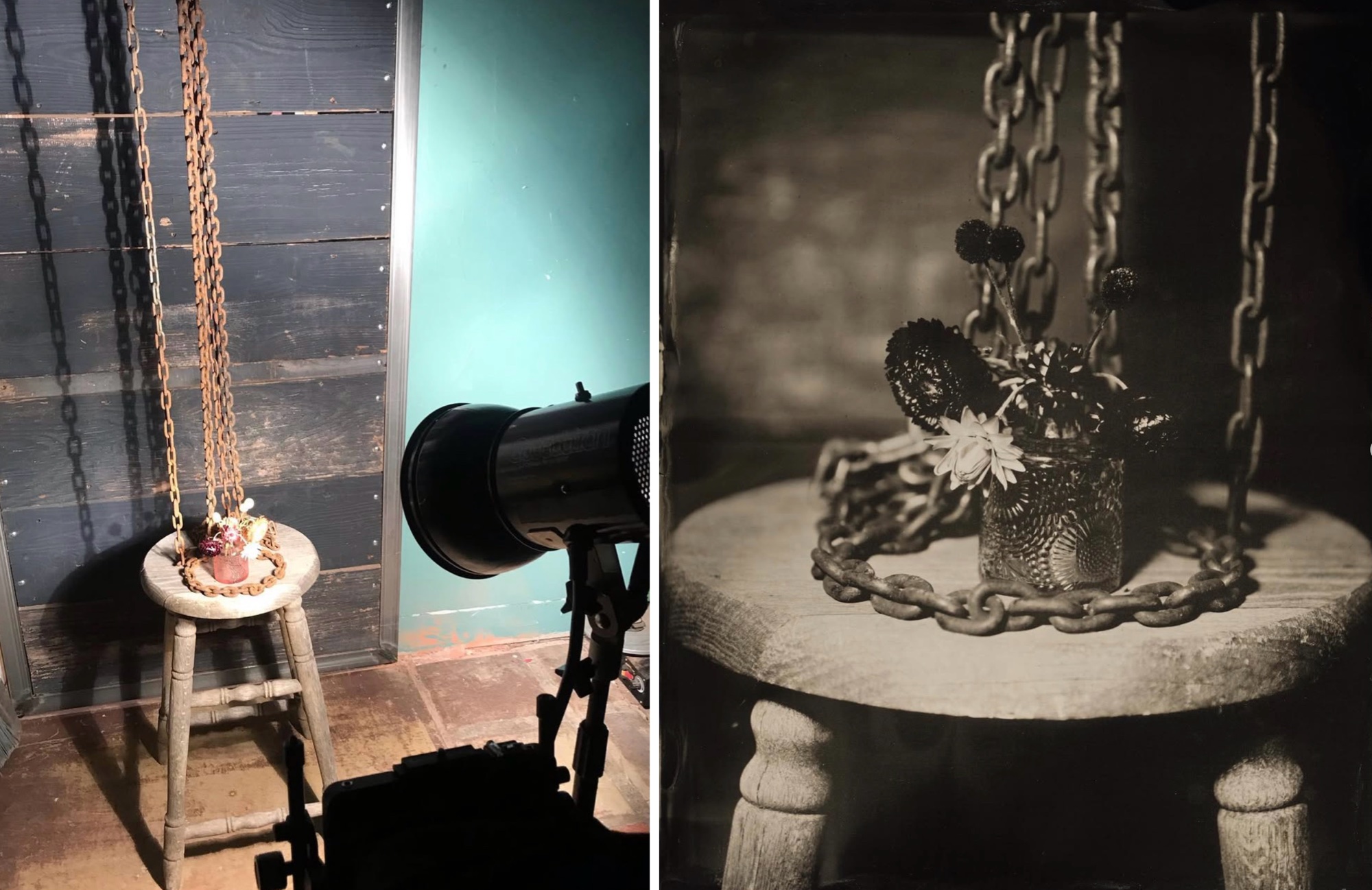
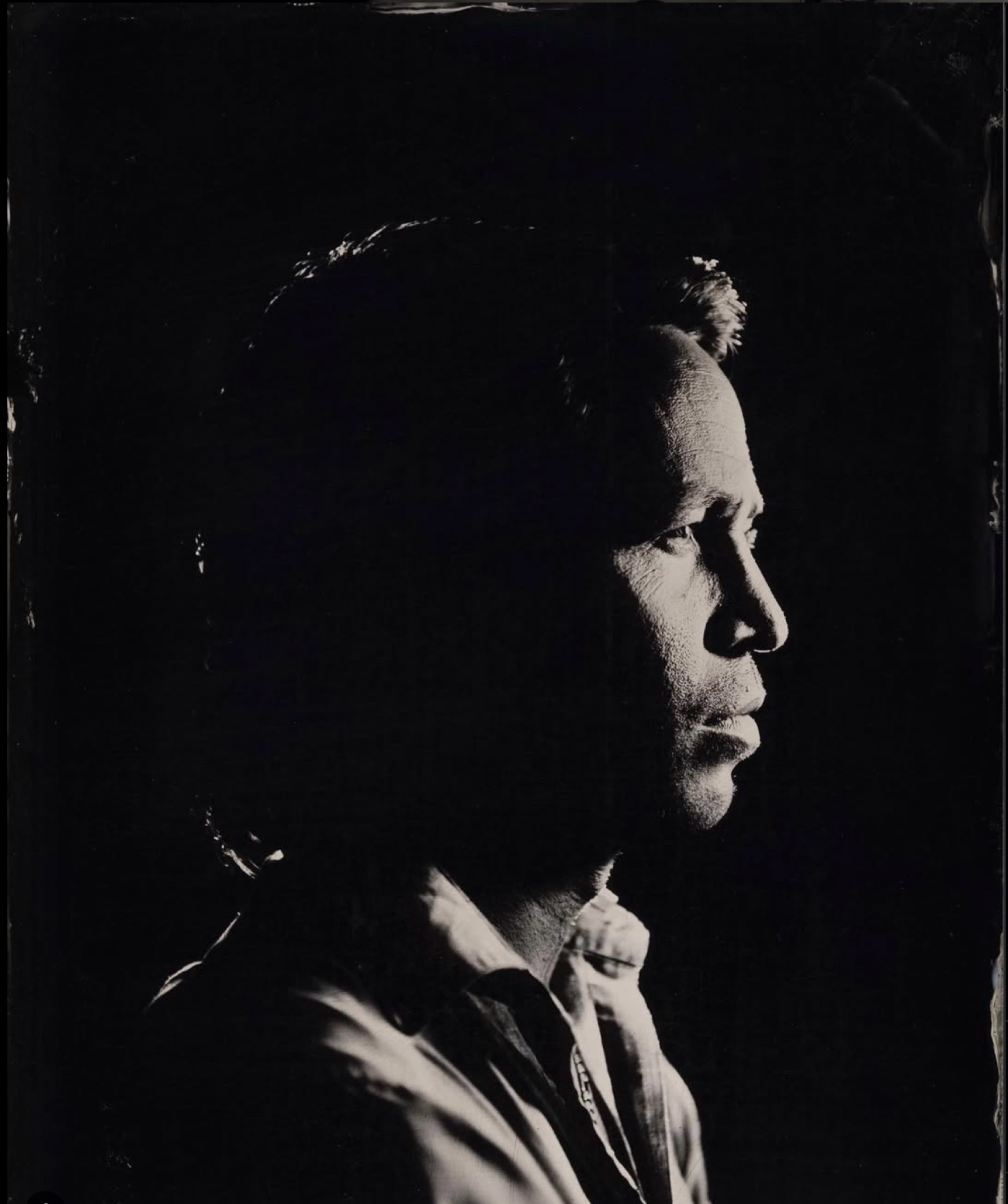
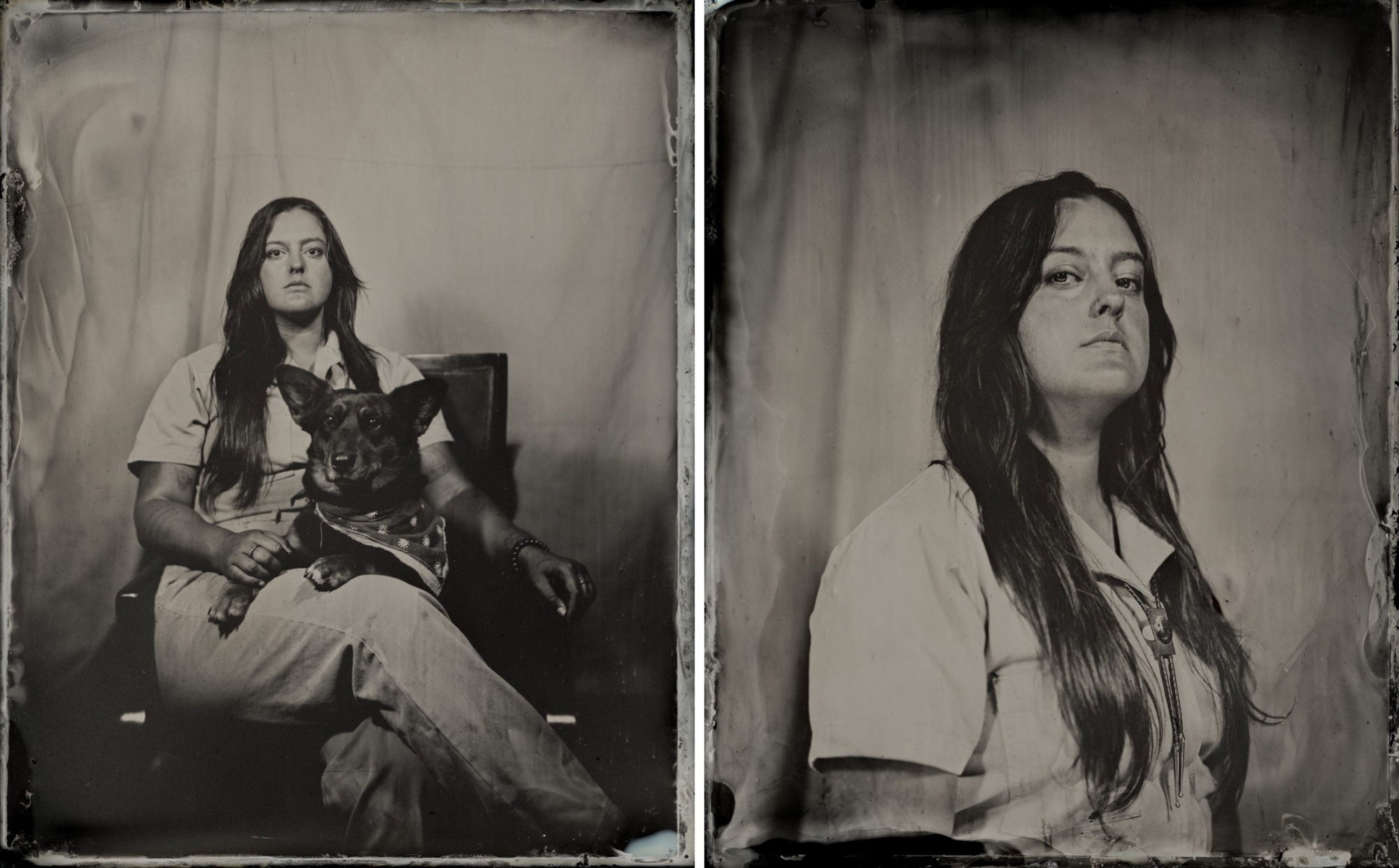
What Is Tintype Photography?
Tintype photography dates back to the mid-1800s (around the Civil War era) when it became a popular method for capturing portraits. During its heyday, it was a revolutionary way to make photography more accessible—images could be created quickly and relatively cheaply (well, compared to daguerreotypes, anyway). The process involves creating a direct positive photograph on a thin metal sheet coated with a dark lacquer or enamel. In short? It’s photography’s OG alternative art form.
But what makes tintype photography so special? It’s all about the process. Unlike digital photography, where you can snap a dozen shots in a second and pick your favorite, tintypes are slow, deliberate, and require skill. Each plate is handcrafted, which means each photograph is one of a kind. The result? A striking, almost hauntingly beautiful image that feels timeless—like a little piece of history created just for you. Interestingly, there’s no negative—just that singular, tangible, unique piece of art in your hands.
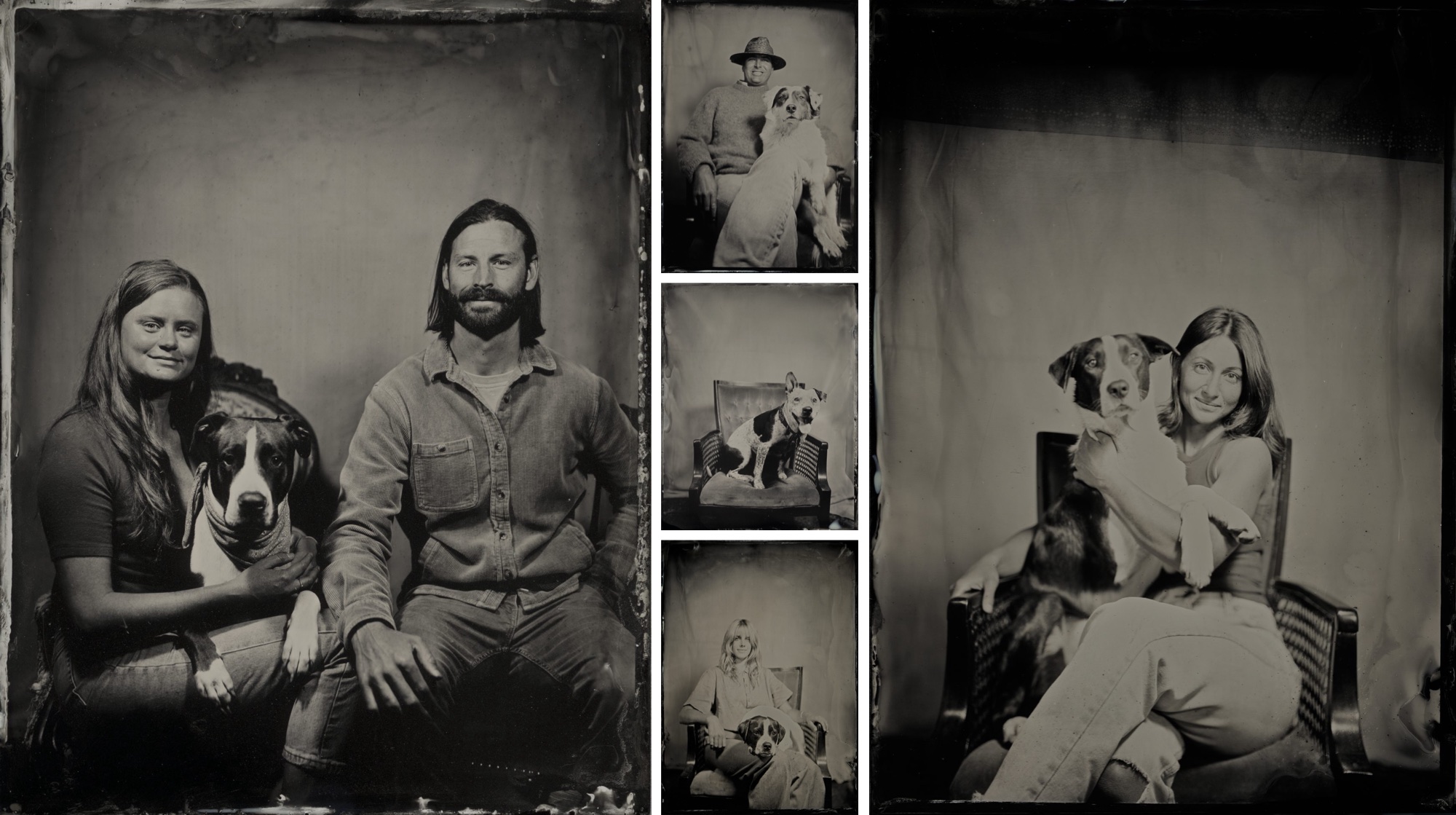
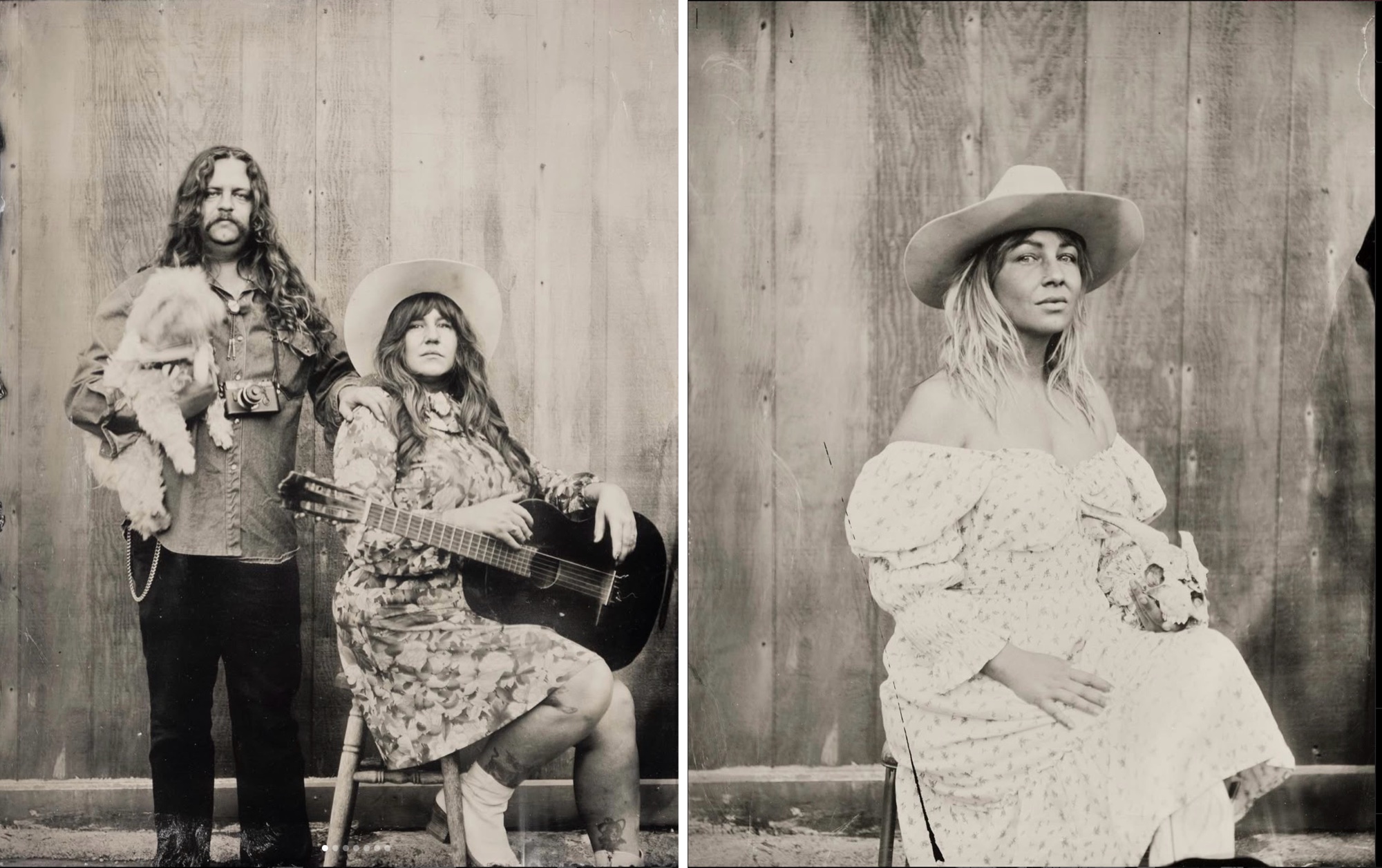
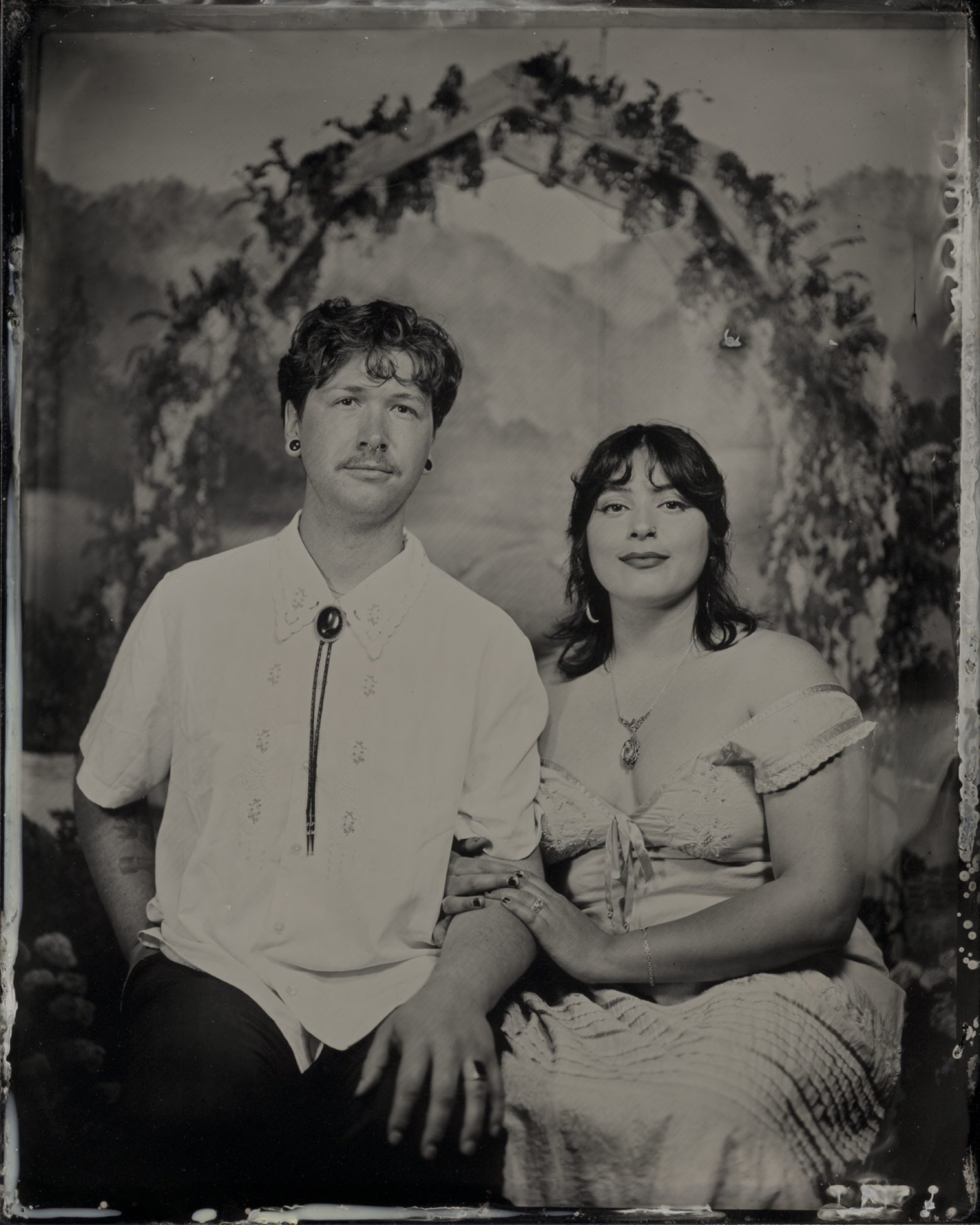
How Does the Tintype Process Work?
Here’s where things get interesting. Unlike modern photography, tintypes are created using a wet plate collodion process. Don’t worry; I won’t get too technical on you! But here’s the gist (for those with curious minds):
- Coating the Plate: The process starts with a metal plate (usually aluminum) coated with a chemical solution called collodion. Collodion creates a sticky surface that will hold the light-sensitive materials.
- Sensitizing the Plate: In the darkroom, the plate is then dunked in a silver nitrate solution, making it light-sensitive—this is where the magic starts to happen. But here’s the kicker: once the plate is sensitized, it has to be used immediately. There’s no “waiting for the perfect lighting”; the clock is ticking!
- Capturing the Image: After loading the plate into a large-format camera, we’ll take the photo. Because the process is slow, the subject (that’s you!) has to sit perfectly still for a few seconds. That’s why tintypes often have that dreamy, almost otherworldly look—the result of stillness and focus. Channel your inner statue for me!
- Developing the Image: I can develop the image on-site using a series of chemical baths after taking the photo. Watching the image appear is like watching magic unfold—a little alchemy right before your eyes.
- Varnishing the Plate: Back in the darkroom, I’ll coat the plate with a protective varnish to preserve the image for generations to come. And just like that, you have a one-of-a-kind piece of art in your hands.
The entire process takes anywhere from 15 to 30 minutes per image, depending on the complexity of the shot. It’s a hands-on, mindful experience that brings old-world craftsmanship into the modern day.
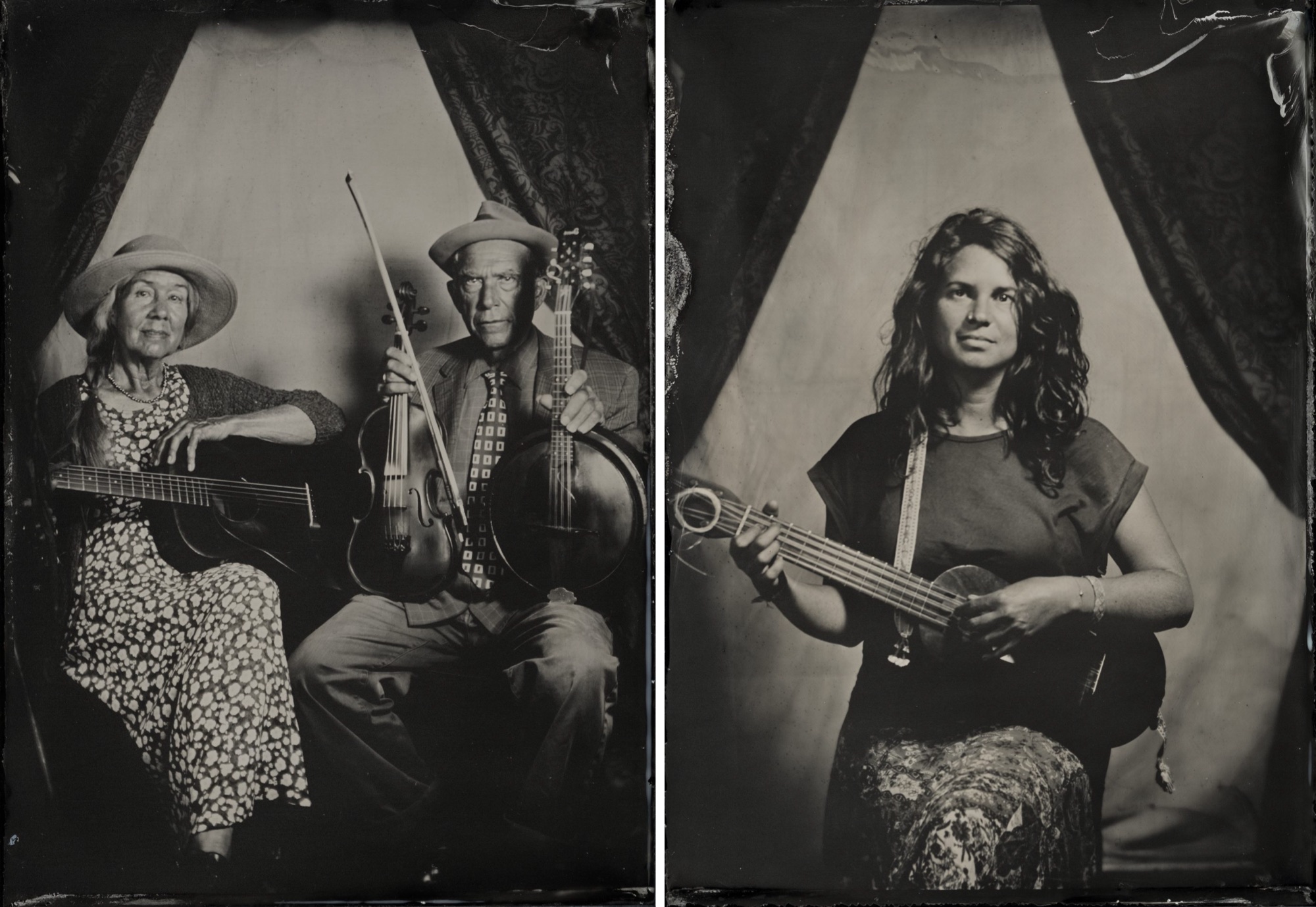
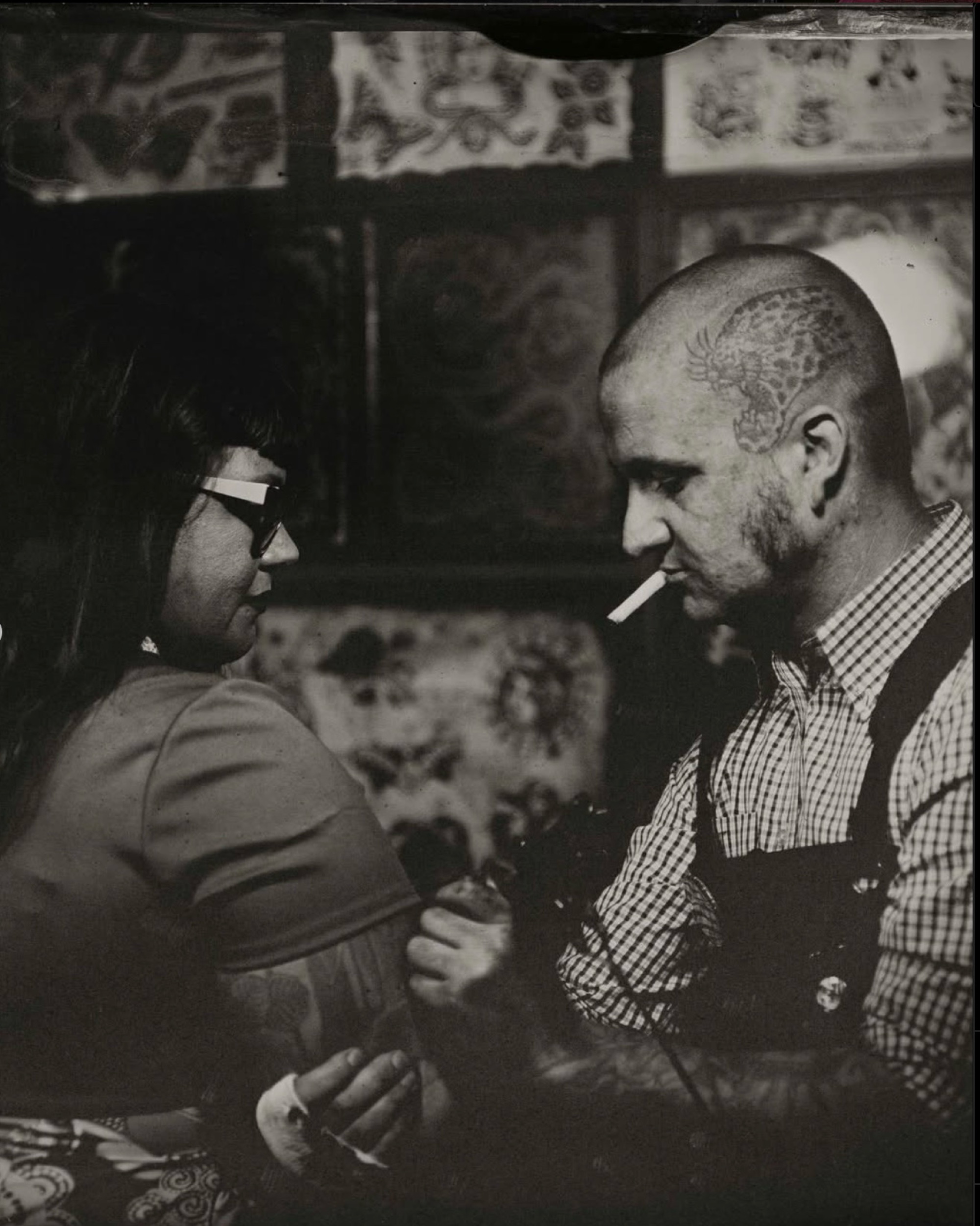
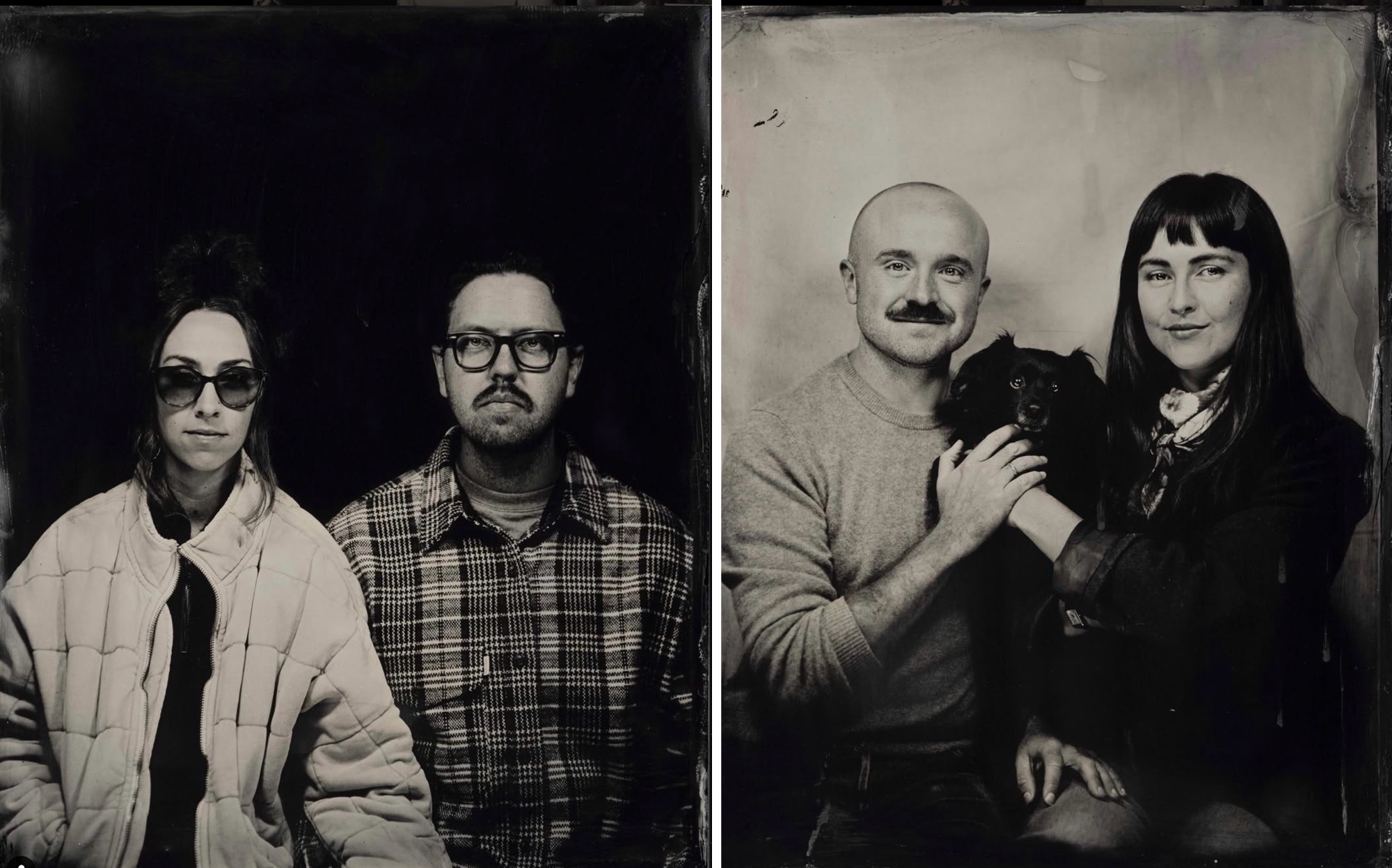
Why Tintype? The Charm of a Vintage Artform
So, why choose a tintype portrait when there are countless other photography options out there? Here are just a few reasons to fall in love with this historic yet ridiculously cool medium:
- Timeless Aesthetic: Tintype portraits have a moody, beautiful quality that modern filters and edits just can’t replicate. The raw textures, deep contrasts, and vintage vibes make every image feel like a piece of history–because it is! These capture a piece of your story. Not to get too deep on you, but your story matters, and you are leaving a legacy. This a captivating, artistic way to memorialize that for those who come after you.
- A True Keepsake: Unlike digital files that live on your phone or computer, a tintype photograph is tangible. It’s art you can hold, display, and treasure for generations. You can gift it to a loved one or book a session to commemorate a special occasion.
- Creative Fun: Props, costumes, themes—tintype shoots are a chance to let your imagination run wild! Whether you dream of a moody, dramatic portrait or a quirky group shot, the possibilities are endless.
- Unique Wedding Add-On: Want to really wow your guests or have some fun with your wedding crew? Tintype photography is a unique way to elevate your wedding photography. Imagine stepping outside in your gown or suit, striking a pose, and capturing an image that looks straight out of a bygone era.
- Make a Statement: This is art, after all. A tintype portrait isn’t just a photograph—it’s a conversation starter, a statement piece, and an expression of individuality. In a world where everything feels fast and fleeting, opting for a tintype says, “I value something lasting, something meaningful.” It’s a bold declaration of style and substance, blending the past with the present in a way that feels effortlessly cool.
Whether hanging on your wall, sitting proudly on a shelf, or tucked into a family heirloom box, a tintype is more than just an image—it’s a moment frozen in time, a little slice of history that’s uniquely yours. And if you want to think outside the box or get a little weird, I won’t judge (but maybe let me know what I’m in for so I can help you plan the composition).
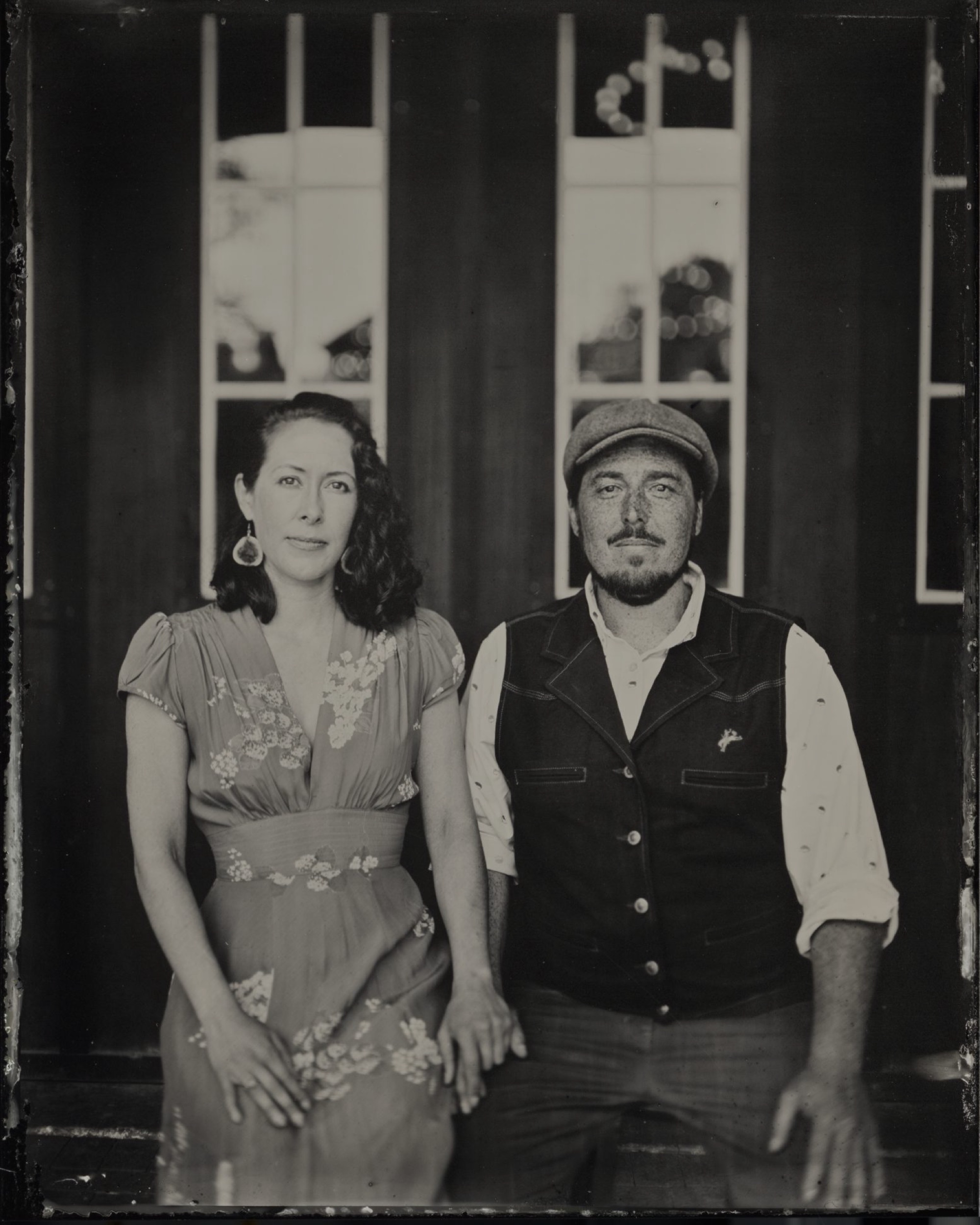
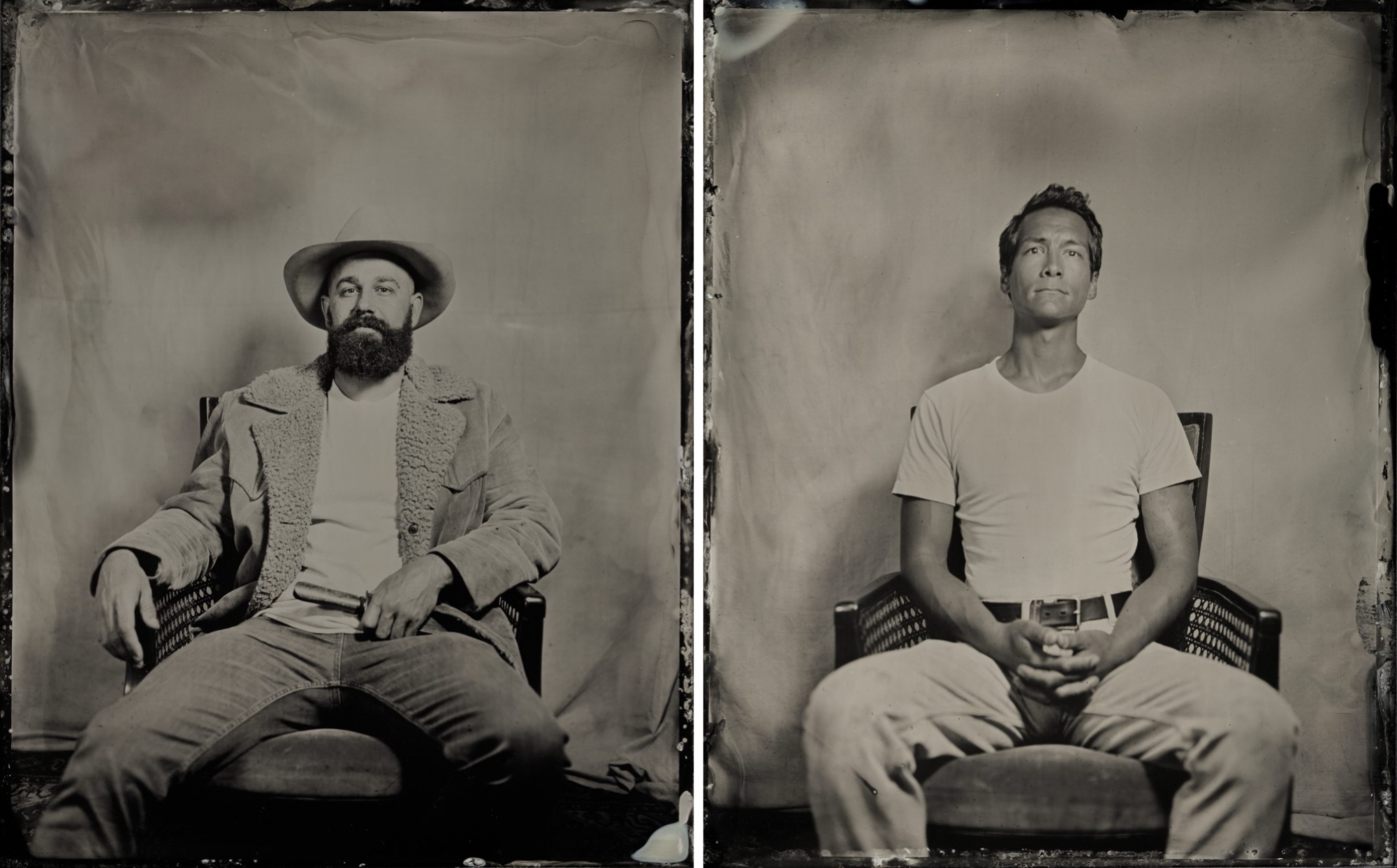
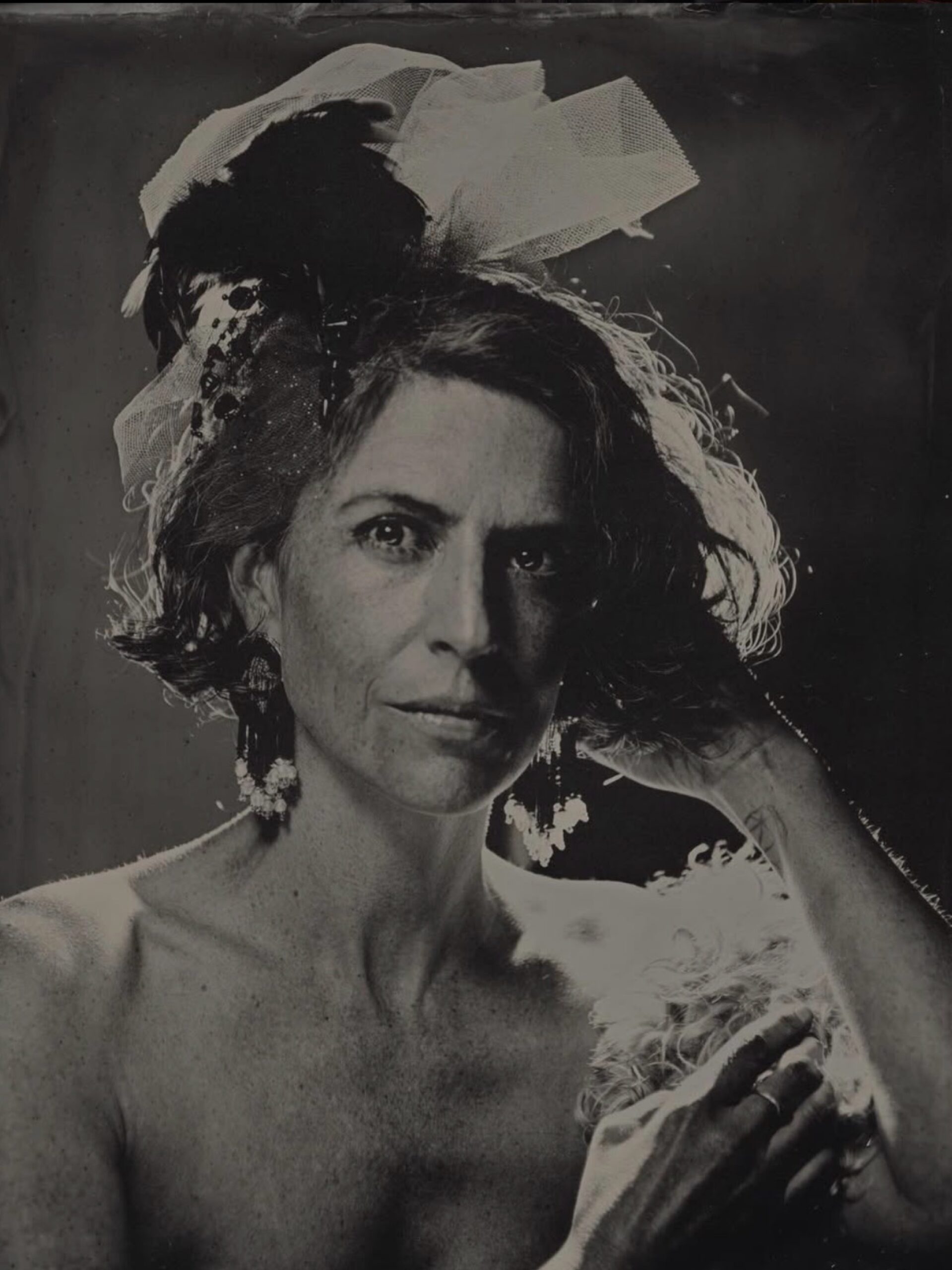
Curious? Let’s Connect! I’d Love to Chat!
You can use Tintype to create vintage portraits, make uniquely personalized gifts, make custom art for your home, serve as a fun activity, create a statement piece, or just for fun! Unlike the old-fashioned photos you may get at a festival, these are far more artistic and customizable.
We can use tintype for anything from poignant silhouettes and retro album covers to themed group shots and family heirlooms. It can be for a special occasion (like Mother’s Day or Halloween!) or just because. We’ll have a blast creating retro art together–it’s always a good time! Props are welcome. Studio and outdoor locations are both options. Be sure to check out my tintype Instagram account @midnightoilcollective for ideas.
You can find my full range of portrait styles in my Portrait Portfolio. Happy scrolling!
No products in the cart.
